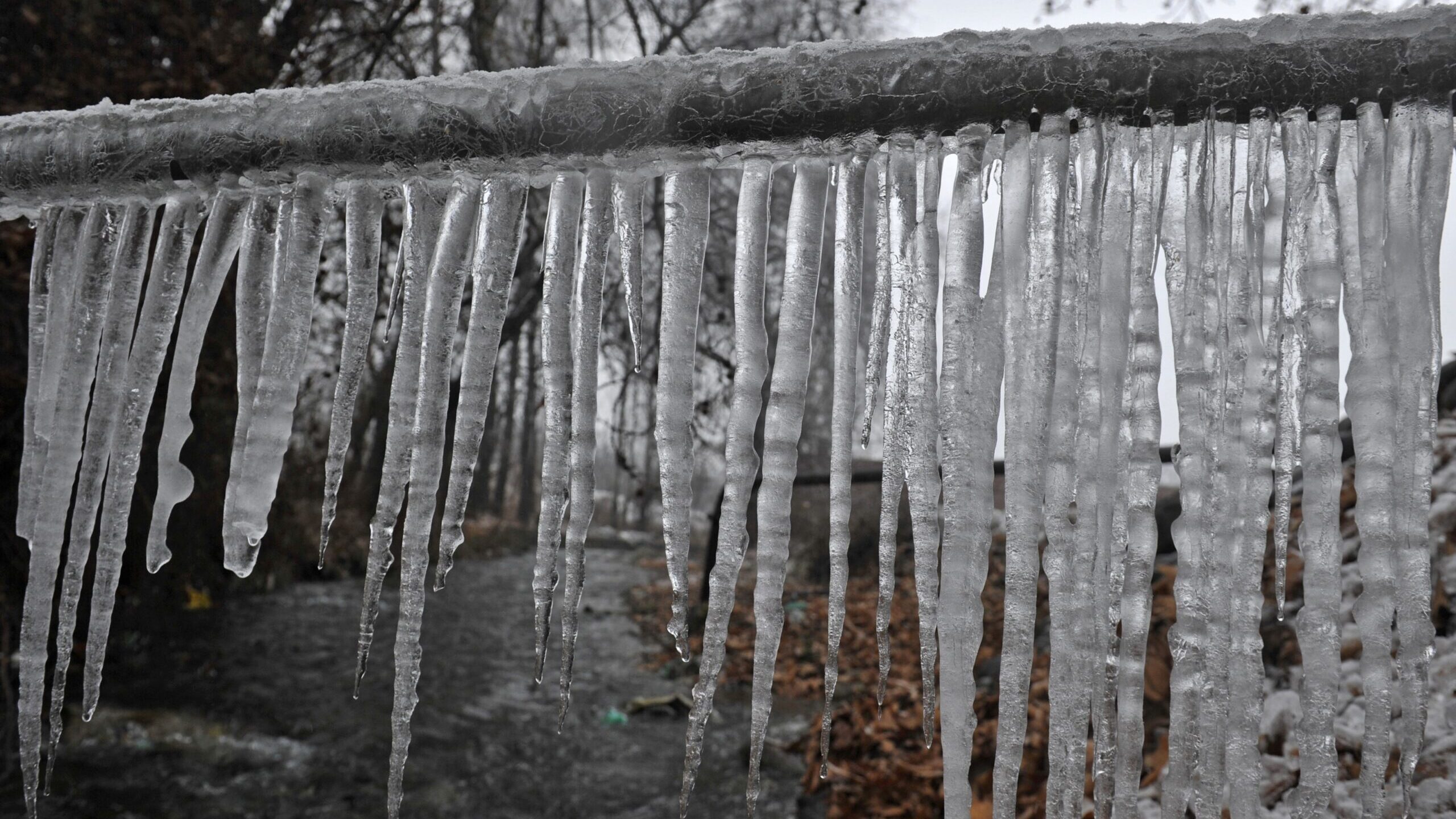Have you been in search of insight about How to Prevent Your Pipes From Freezing?

Cold weather can damage your pipes, specifically by freezing pipelines. Here's how to avoid it from occurring and what to do if it does.
Intro
As temperature levels decrease, the threat of icy pipelines boosts, possibly causing expensive repair services and water damages. Understanding exactly how to stop frozen pipes is important for home owners in cold climates.
Prevention Tips
Protecting prone pipelines
Cover pipelines in insulation sleeves or make use of warm tape to shield them from freezing temperature levels. Focus on pipelines in unheated or outside areas of the home.
Heating methods
Keep interior spaces effectively warmed, specifically locations with plumbing. Open up closet doors to allow warm air to distribute around pipelines under sinks.
How to determine icy pipelines
Seek lowered water circulation from taps, uncommon smells or sounds from pipes, and visible frost on exposed pipes.
Long-Term Solutions
Architectural changes
Take into consideration rerouting pipelines away from exterior wall surfaces or unheated locations. Add extra insulation to attic rooms, cellars, and crawl spaces.
Upgrading insulation
Invest in high-quality insulation for pipelines, attics, and wall surfaces. Appropriate insulation helps keep constant temperatures and minimizes the risk of icy pipes.
Shielding Outside Pipes
Garden tubes and outside taps
Detach and drain pipes garden pipes prior to wintertime. Mount frost-proof spigots or cover outside taps with shielded caps.
Recognizing Frozen Pipes
What causes pipes to freeze?
Pipes freeze when exposed to temperatures below 32 ° F (0 ° C) for prolonged periods. As water inside the pipes freezes, it expands, putting pressure on the pipeline wall surfaces and potentially creating them to burst.
Threats and damages
Icy pipes can cause supply of water disturbances, residential property damage, and costly fixings. Ruptured pipelines can flooding homes and create considerable structural damage.
Indicators of Frozen Piping
Recognizing frozen pipes early can prevent them from rupturing.
What to Do If Your Pipes Freeze
Immediate actions to take
If you suspect icy pipelines, maintain faucets open to alleviate stress as the ice thaws. Utilize a hairdryer or towels soaked in warm water to thaw pipelines slowly.
Verdict
Protecting against frozen pipes calls for positive measures and fast responses. By recognizing the causes, indicators, and preventive measures, homeowners can secure their plumbing during winter.
5 Ways to Prevent Frozen Pipes
Drain Outdoor Faucets and Disconnect Hoses
First, close the shut-off valve that controls the flow of water in the pipe to your outdoor faucet. Then, head outside to disconnect and drain your hose and open the outdoor faucet to allow the water to completely drain out of the line. Turn off the faucet when done. Finally, head back to the shut-off valve and drain the remaining water inside the pipe into a bucket or container. Additionally, if you have a home irrigation system, you should consider hiring an expert to clear the system of water each year.
Insulate Pipes
One of the best and most cost-effective methods for preventing frozen water pipes is to wrap your pipes with insulation. This is especially important for areas in your home that aren’t exposed to heat, such as an attic. We suggest using foam sleeves, which can typically be found at your local hardware store.
Keep Heat Running at 65
Your pipes are located inside your walls, and the temperature there is much colder than the rest of the house. To prevent your pipes from freezing, The Insurance Information Institute suggests that you keep your home heated to at least 65 degrees, even when traveling. You may want to invest in smart devices that can keep an eye on the temperature in your home while you’re away.
Leave Water Dripping
Moving water — even a small trickle — can prevent ice from forming inside your pipes. When freezing temps are imminent, start a drip of water from all faucets that serve exposed pipes. Leaving a few faucets running will also help relieve pressure inside the pipes and help prevent a rupture if the water inside freezes.
Open Cupboard Doors
Warm your kitchen and bathroom pipes by opening cupboards and vanities. You should also leave your interior doors ajar to help warm air circulate evenly throughout your home.

I'm very enthusiastic about Preventing and dealing with frozen pipes and I hope you enjoyed the entire blog post. Do you know somebody else who is enthusiastic about How To Avoid Freezing Pipes? Feel free to share it. Bless you for being here. Return soon.
Instant Quote